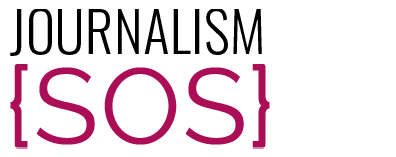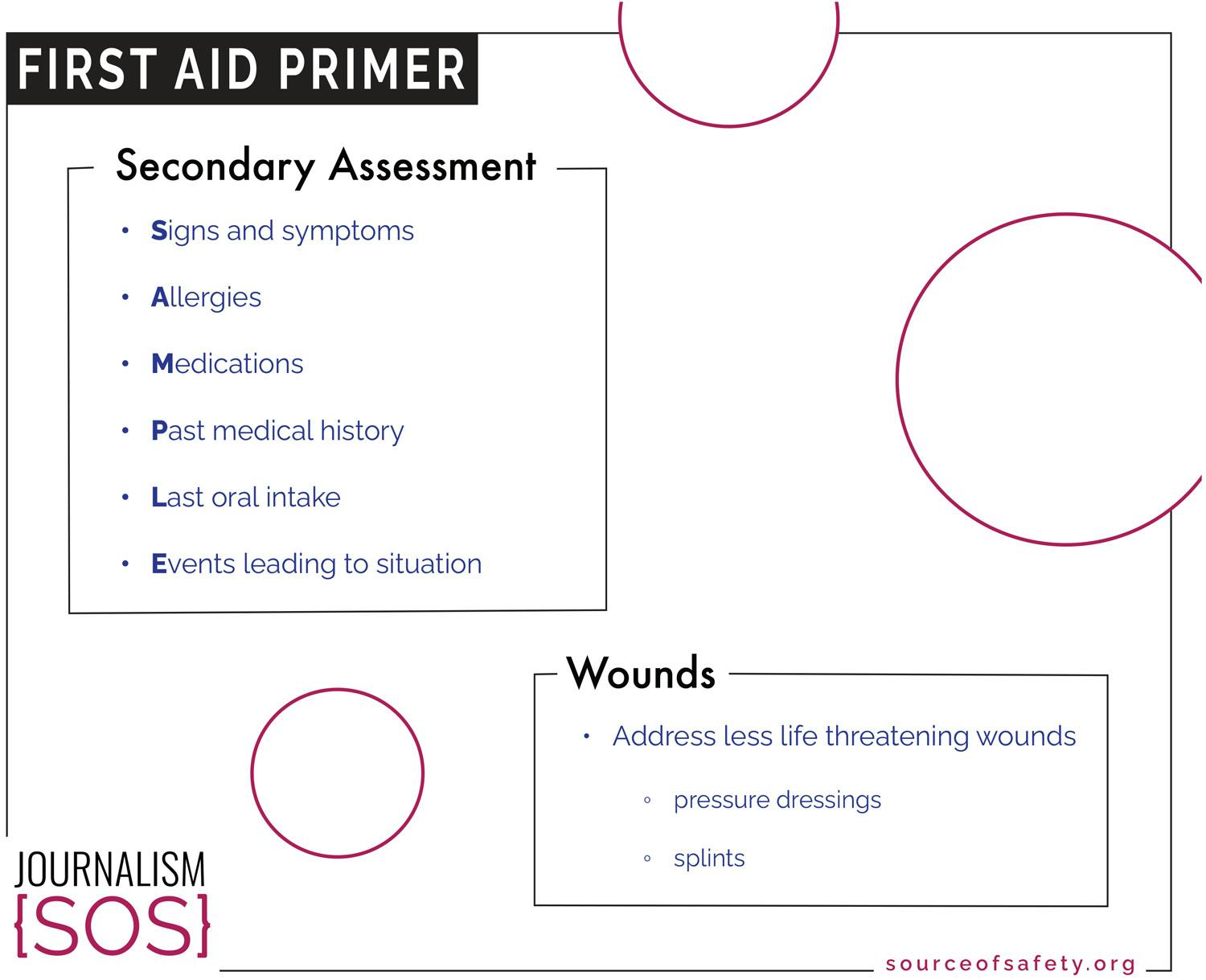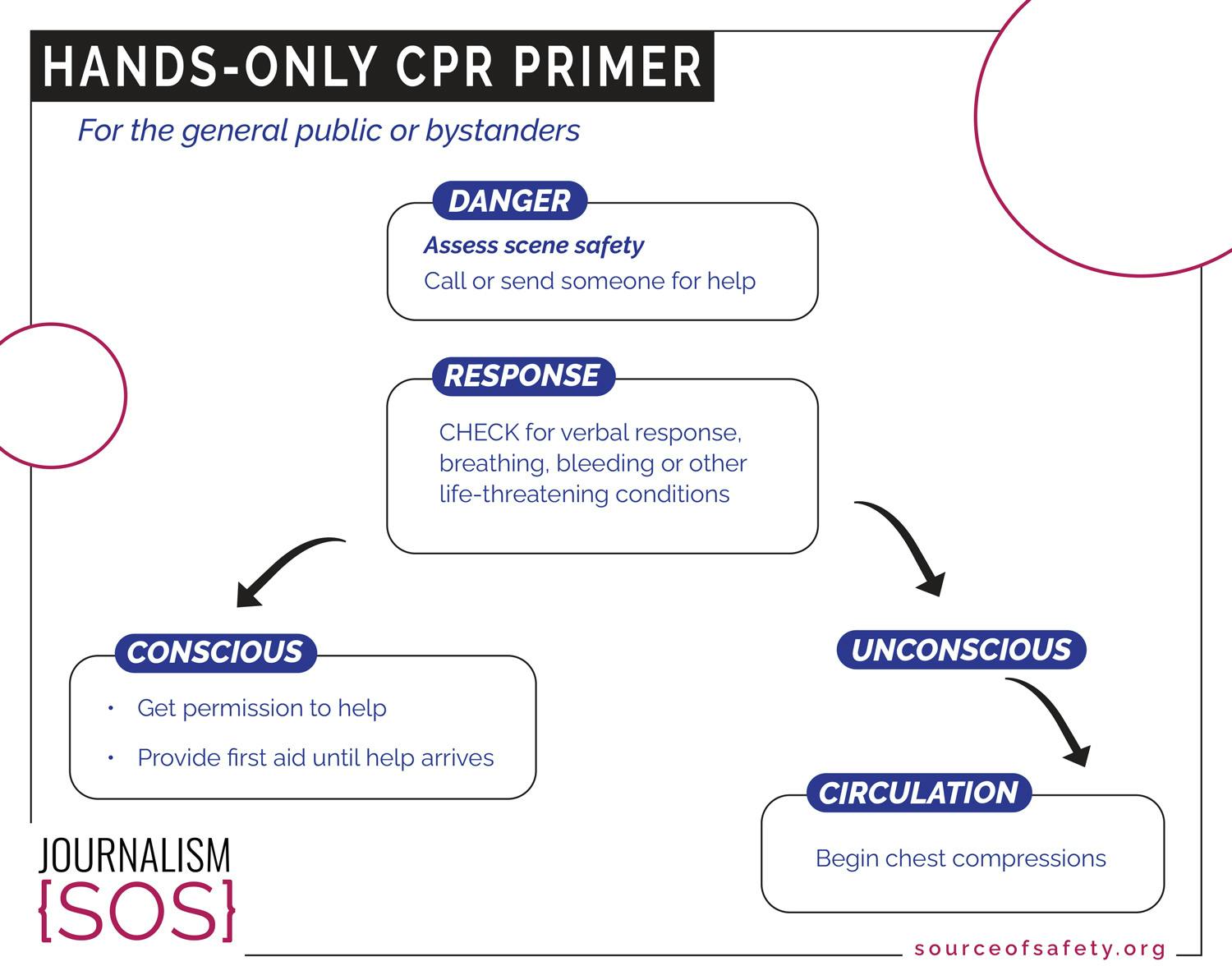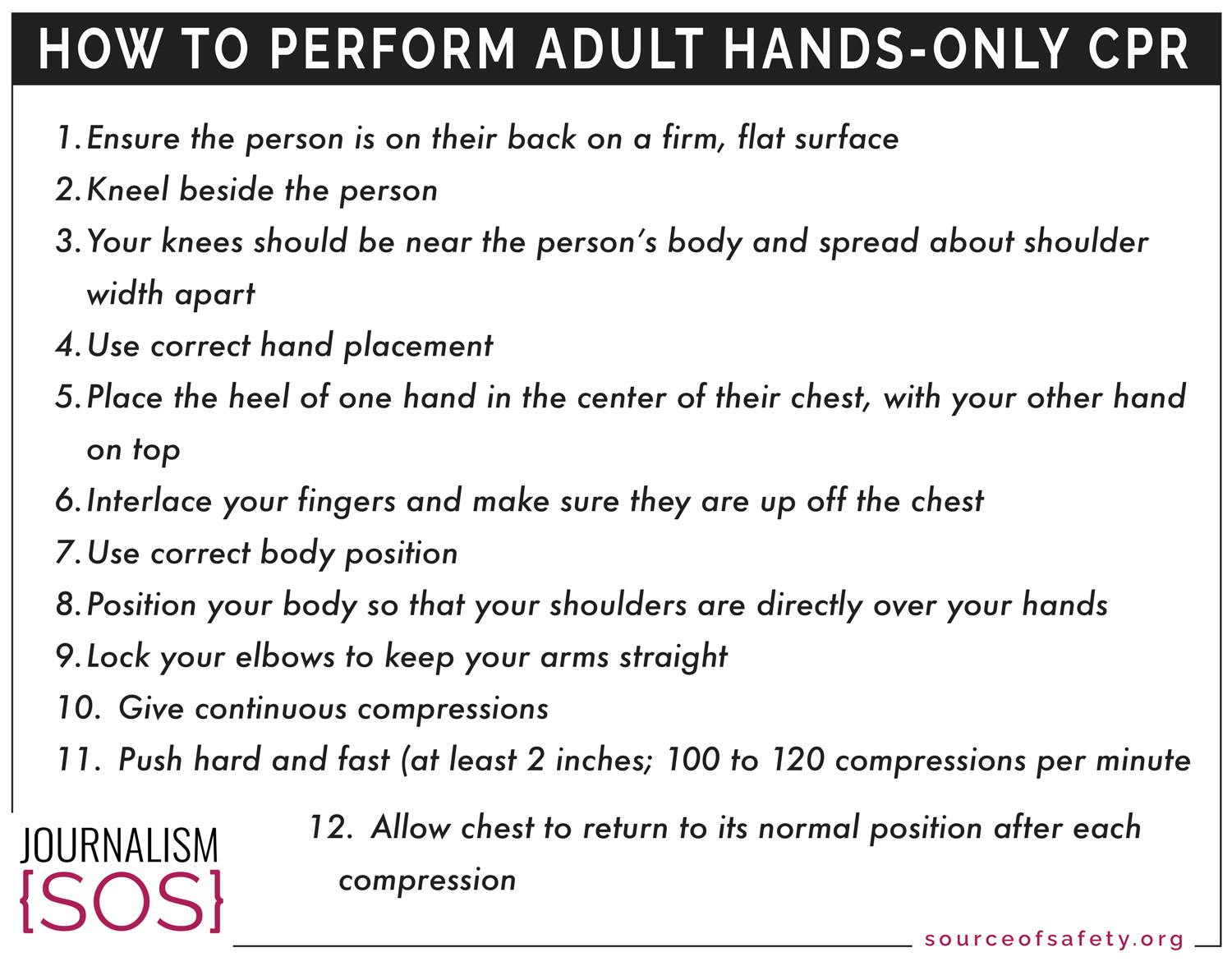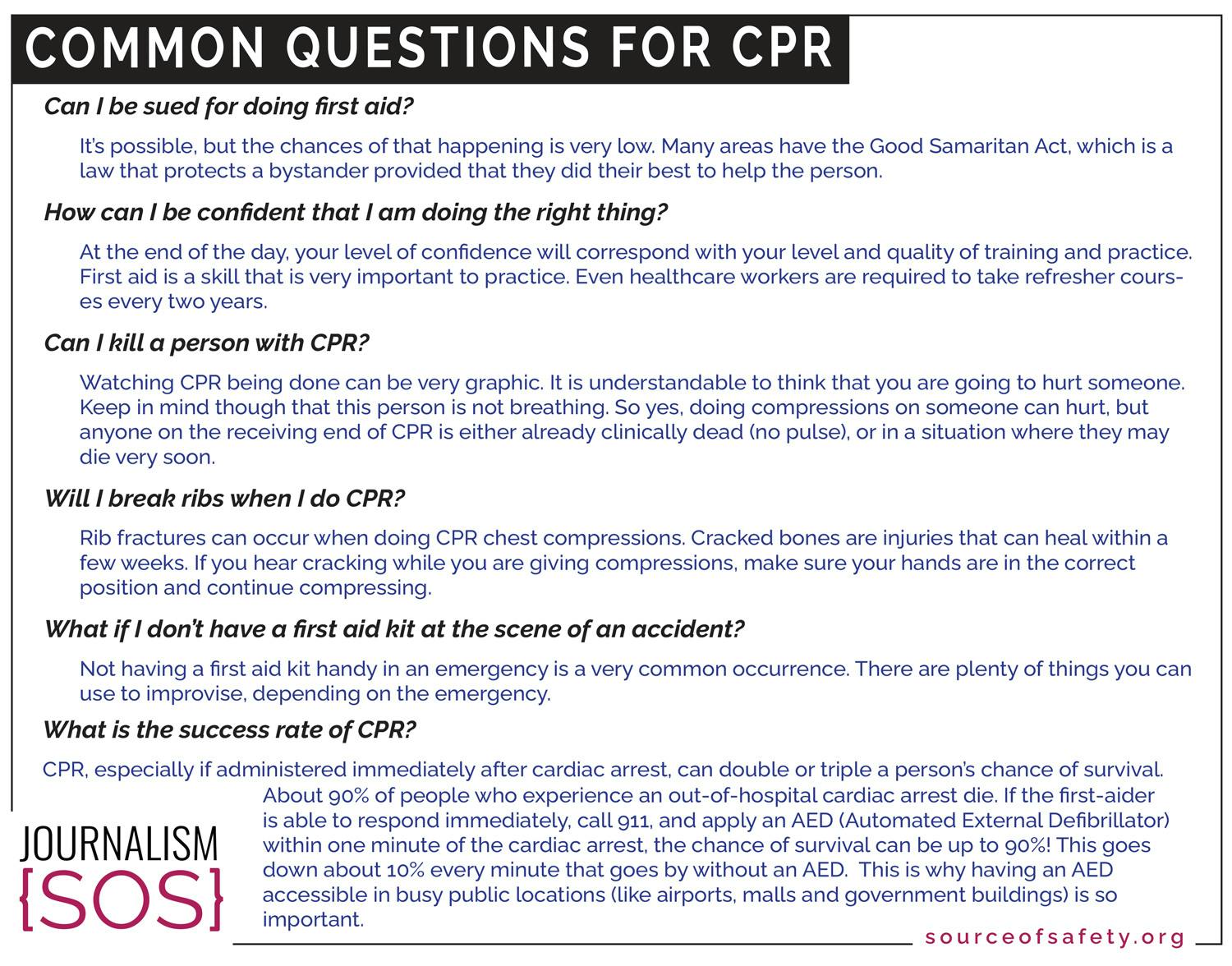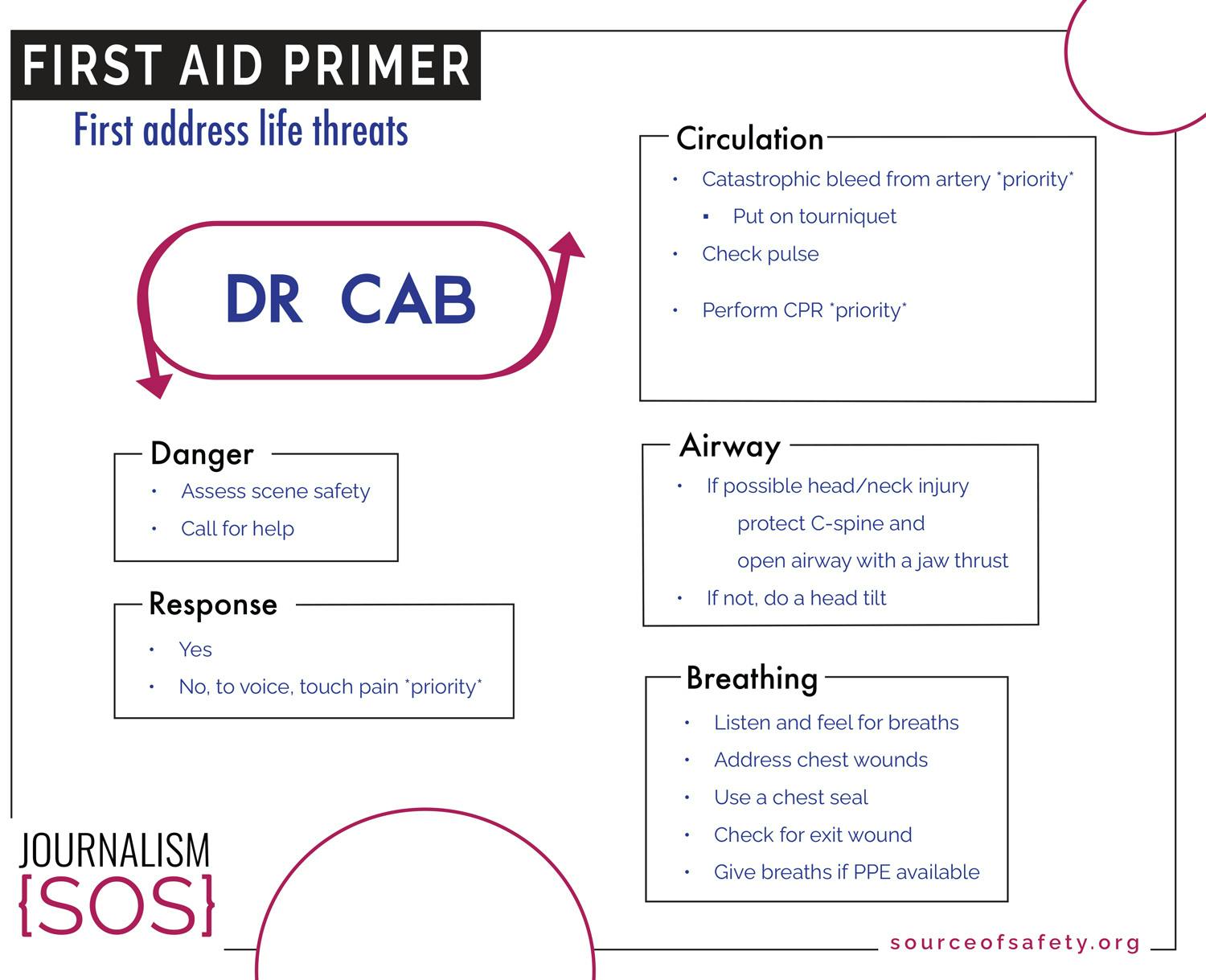First Aid Safety Briefing
This section provides a brief overview of basic first aid knowledge that might come in handy during any kind of journalistic assignment or commission, including civil unrest, environmental disaster, and many other situations.
The following Top Tips, Gear List and Resources represent a brief introduction to applying first aid. The information and resources are not comprehensive nor do they offer sufficient preparation for reporting in any war or conflict zone. We also provide a First Response Primer and CPR Primer for use in the absence of professional medical help during an emergency. These resources should not be used in lieu of seeking help from a medical professional in the event of a medical emergency! Consider taking an in-person CPR or First Aid training/workshop/class to be more knowledgeable about these methods and tools. We encourage you to review the more expansive list of first aid resources in the keyword-searchable J-SOS Safety Resource Database.
First Aid Top Tips
Updating Records
First Aid Gear Checklist
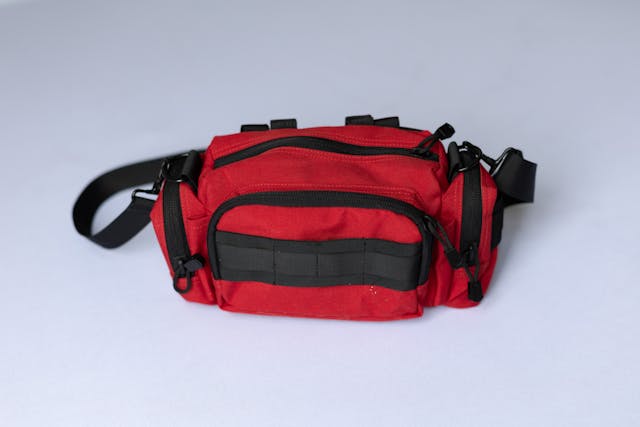
BAG
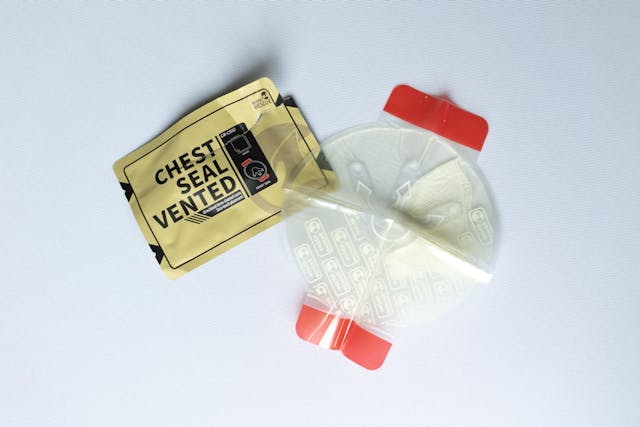
CHEST SEAL
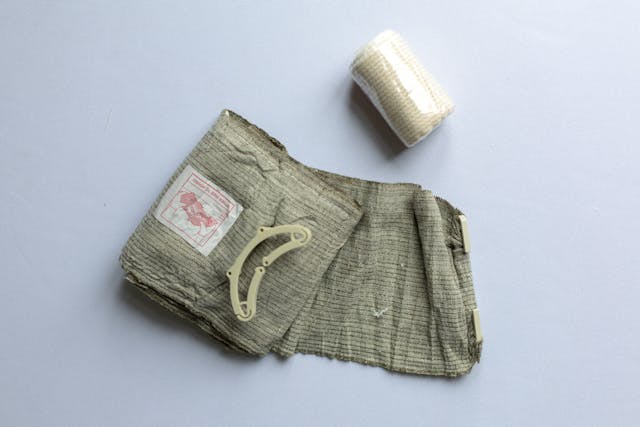
COMPRESION BANDAGE
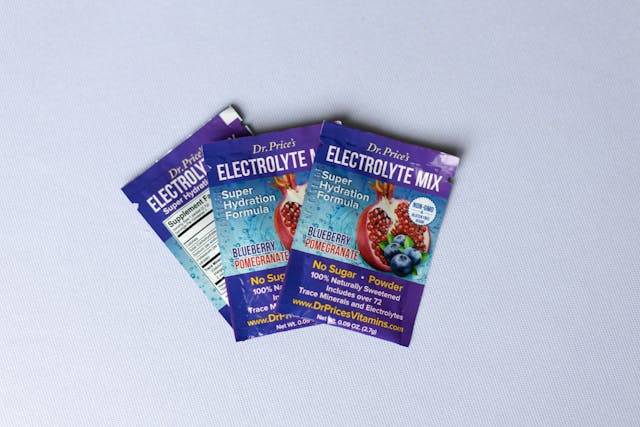
ELECTROLYTES
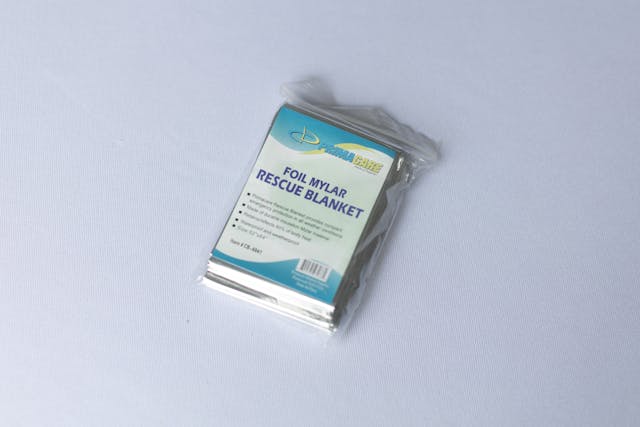
EMERGENCY BLANKET
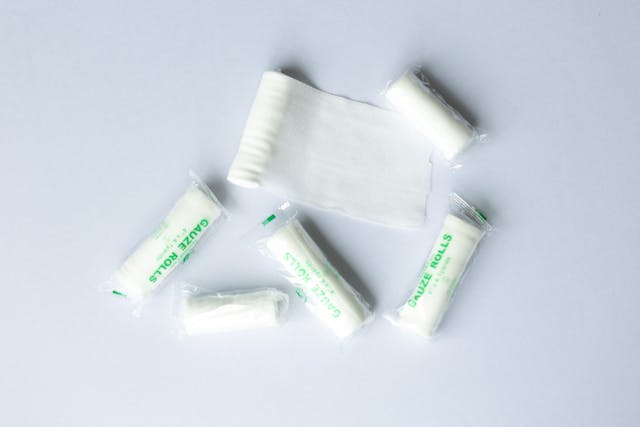
GAUZE
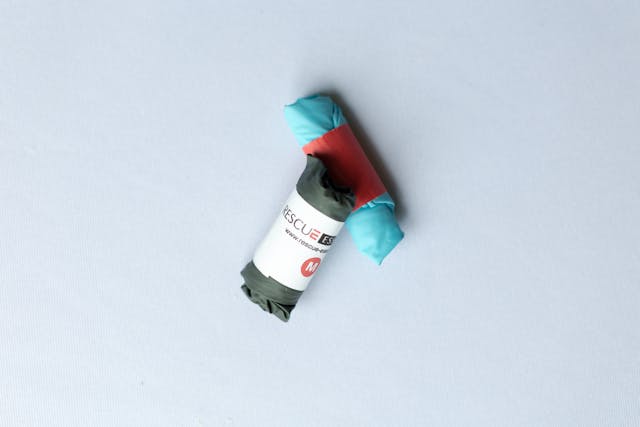
GLOVES
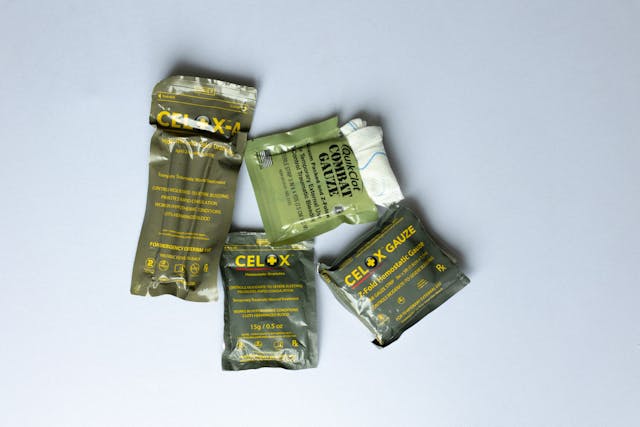
HEMOSTATIC SUPPLIES
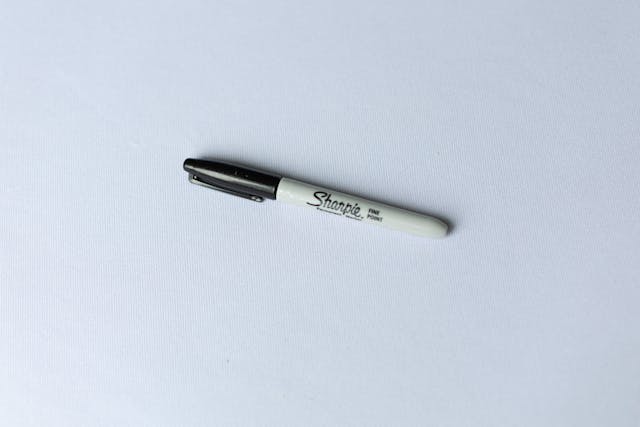
MARKER
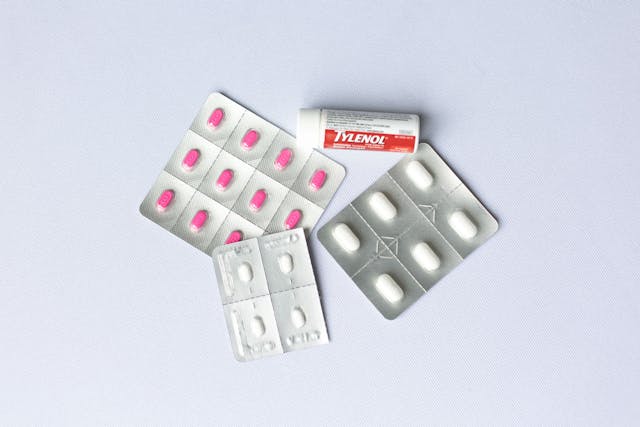
MEDS
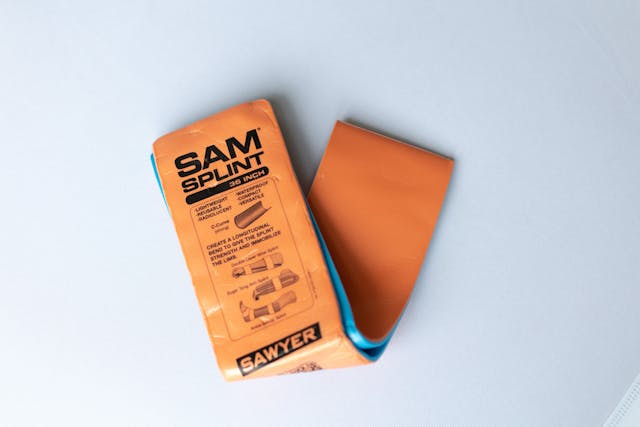
SPLINT
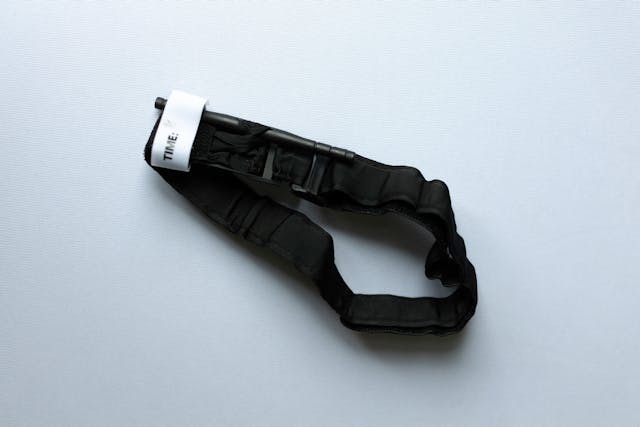
TOURNIQUET
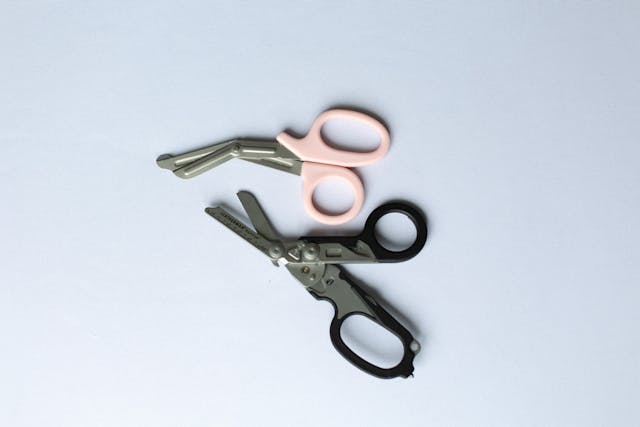
TRAUMA SHEERS/BANDAGE SCISSORS
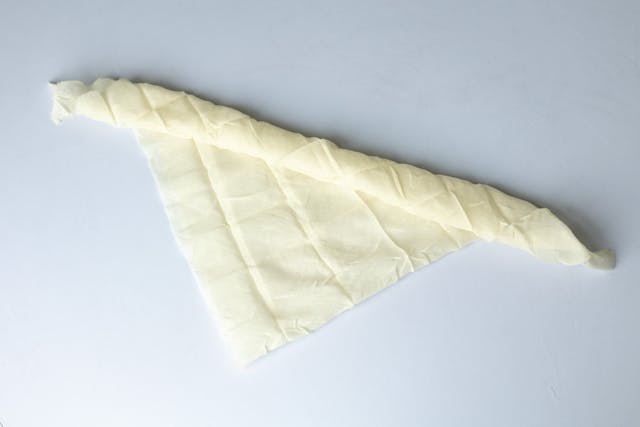
TRIANGE BANDAGE
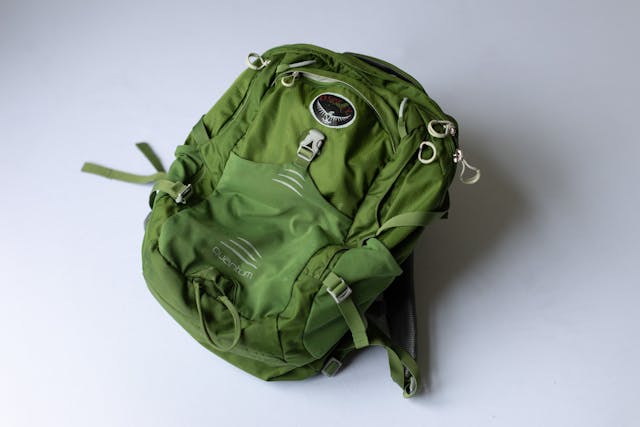
GRAB BAG
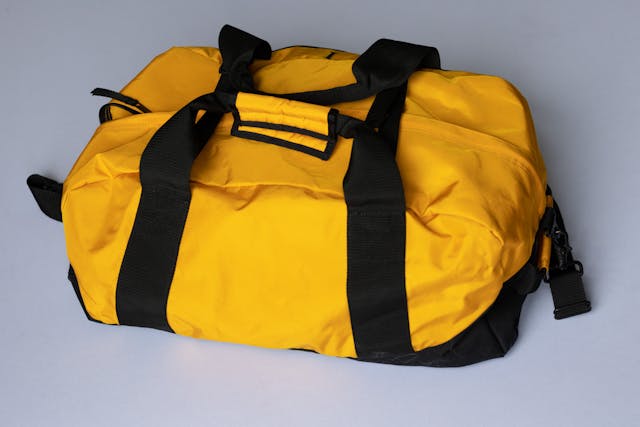
GRAB BAG
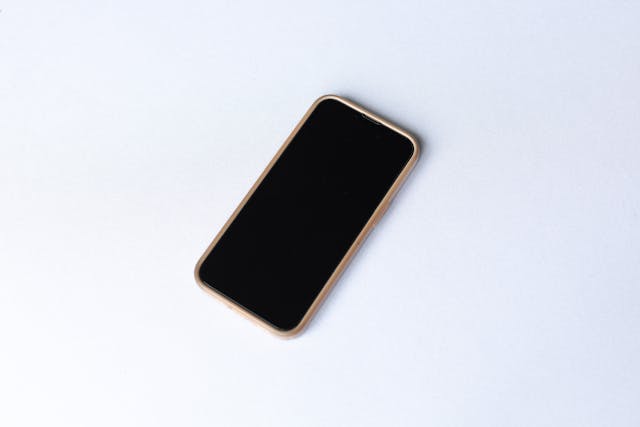
COMMS
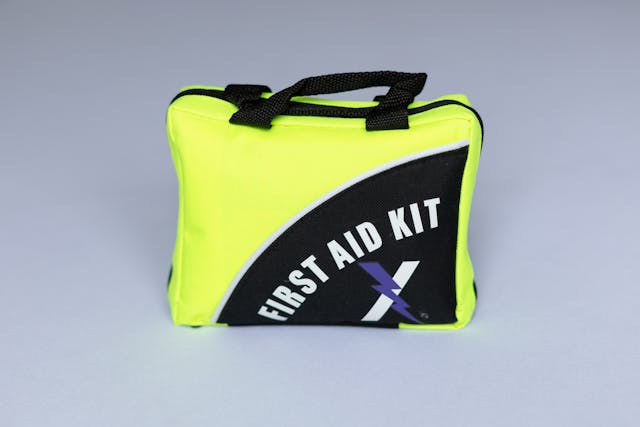
FIRST AID
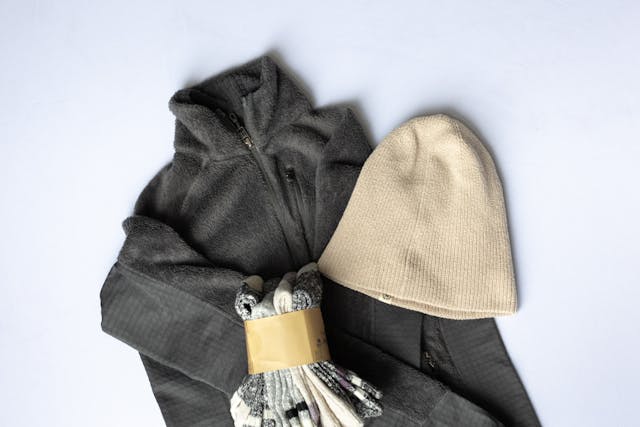
JACKET HAT SOCKS
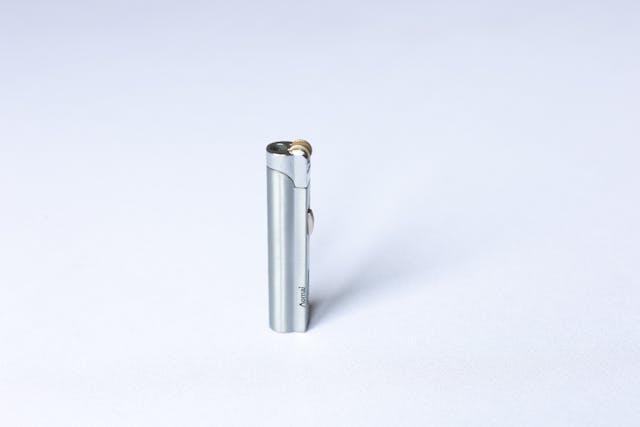
LIGHTER
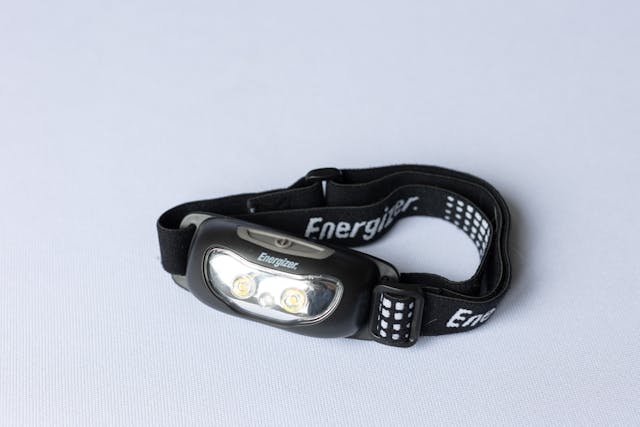
LIGHT SOURCE
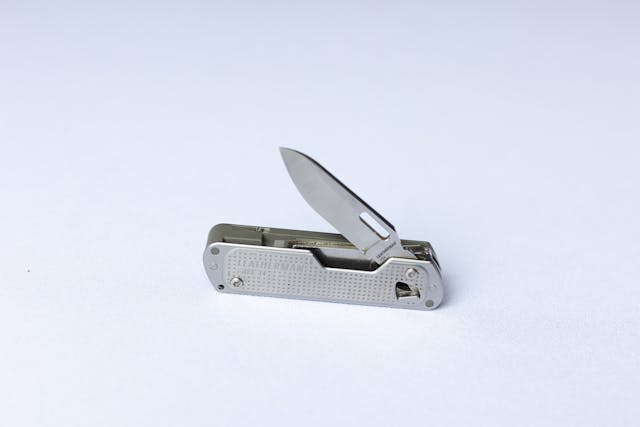
POCKET KNIFE
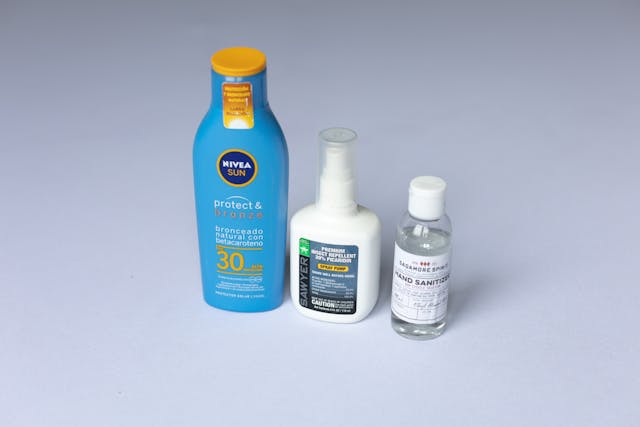
SANITIZER REPELLENT SUNBLOCK
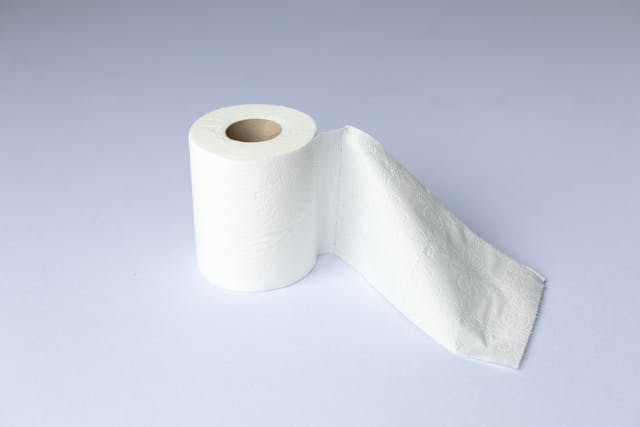
TOILET PAPER
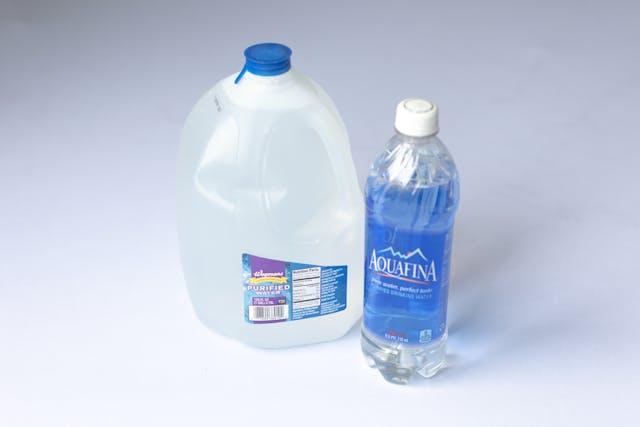
EMERGENCY BLANKET
- BASIC MEDICAL/FIRST AID KIT
- Disposable gloves
- antiseptic cleanser
- bandages: gauze, ace wrap, cravat (triangle bandage)
- surgical tape
- bandage scissors or trauma shears
- tourniquet
- Medications (see further details expanded on below)
- permanent marker (most important use is marking for Tourniquet)
- Add as needed and tailor to your assignment needs:
- Antiseptic cleanser
- Alcohol or sterilizing swabs
- Bandages, dressings, pressure dressings: ACE wrap, gauze, cravats
- Surgical tape
- Trauma shears
- Tourniquet
- Hemostatic trauma dressings
- Flashlight
- Splints
- Thermometer
- Hand sanitizer
- Mask and gloves
- CPR shield
- Chest seal dressings
- Ice and hot packs
- Tweezers
- Emergency blanket
- MEDICATIONS
- Antihistamine cream or tablets
- Antibacterial ointment
- Analgesics
- Antidiarrheal
- Antibiotics
- Burn gel
- Nasal decongestant
- Oral rehydration salts/electrolyte powder
- Emollient eye drops
- Potable water purification tablets
- Grab Bag/Go Bag Supplies
* This is in case of emergency evacuation, in high risk assignments or to have in your car or home in case of emergency situations. - Day pack
- Water and or water treatment/purifiers
- Food (MREs, protein bars, non perishable items)
- Personal med kit or IFAK (IFAKs are premade trauma kits containing essential life-saving materials, bleeding control and major wound treatments. Tactical IFAK components include tourniquets, chest seals, combat gauze and other hemostatic agents.)
- Spare underwear, socks, clothing
- Hat
- Light jacket or thermals
- Communication device (cell phone/sat phone)
- Communication device: portable satellite internet communications (BGAN)
- Portable generator (Goal Zero)
- Light source, batteries
- Lighter
- Pocket knife
- Toiletries
- Toilet paper/wet wipes
- Sunscreen
- Insect repellent
- Hand sanitizer
- Lightweight blanket
- Earplugs
- PPE (bullet proof vest, helmet, eye protection, gas mask, n95)
- Photocopy of important national and local docs like driver license, official ID, birth certificate, social security card, etc.
- ID
- Cash
- Travel tickets
First Aid Scenario
You are a student journalist, covering election night at the headquarters of a far-right U.S. Senate candidate in Orange County, California who is expected to win. Roughly 100 people are protesting outside the campaign headquarters. After the race is called for the candidate’s more liberal opponent, tensions escalate outside as proponents of the different political groups clash. You are heading outside to report on the developing story when you hear what sounds like shots and screams. As you exit, people are running in various directions so you also run. As you seek cover behind a building, you notice a person hunched over on the sidewalk near you, breathing rapidly with their eyes closed. You approach to see how you can help.
- Remember D-RCAB. First check the surrounding threats. Are either of you in immediate environmental danger? Have the shots stopped? Are there other people or moving vehicles around? Is it safe to assist on location or do you need to move?
- Are you working alone or is there someone with you who has more medical knowledge? Is there medical staff nearby who can offer support? If not, call for help.
- What available first aid resources do you have access to? Do you have a first aid kit?
- Check on the responsiveness, circulation, airway, and breathing of the person needing help. *Review First Aid First Response Primer for more details
